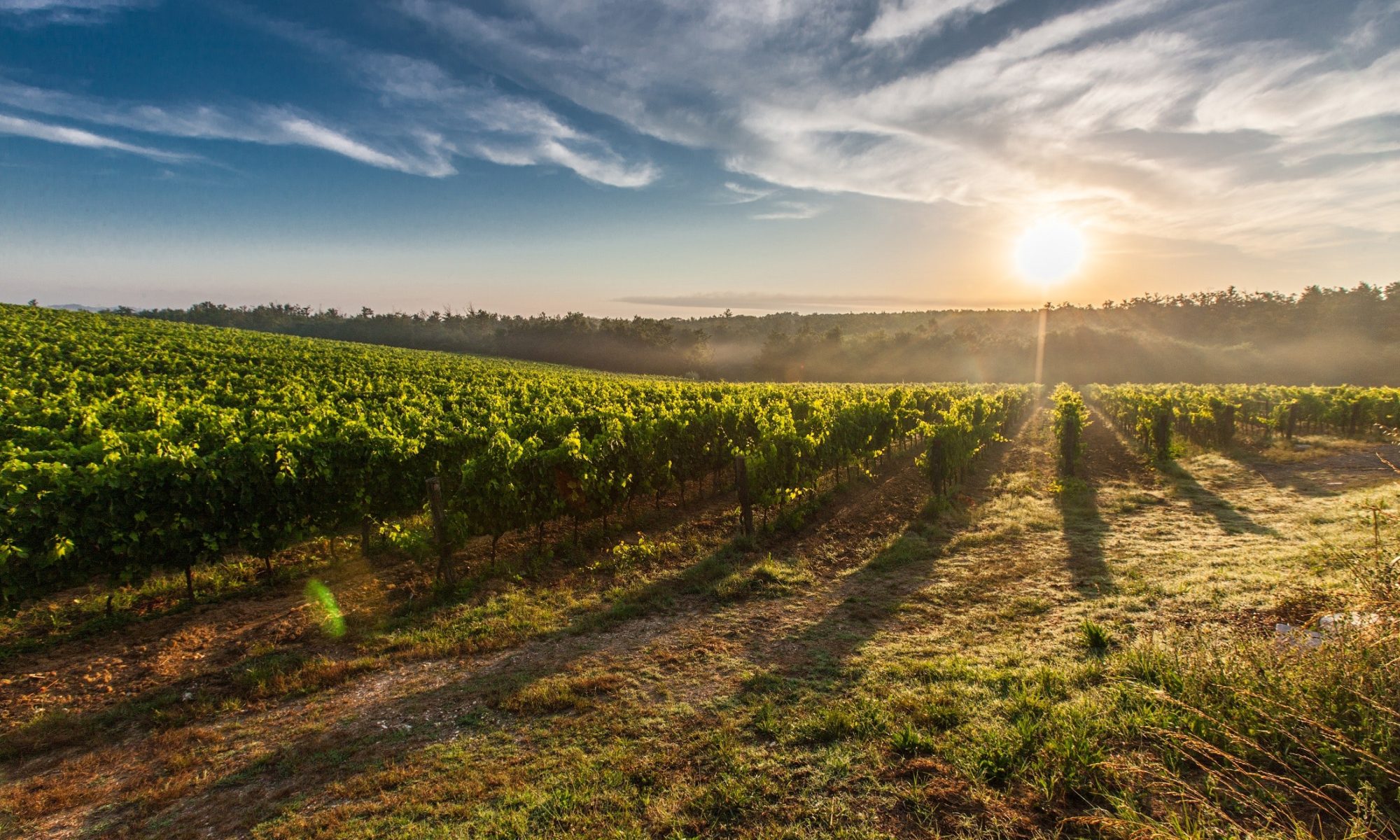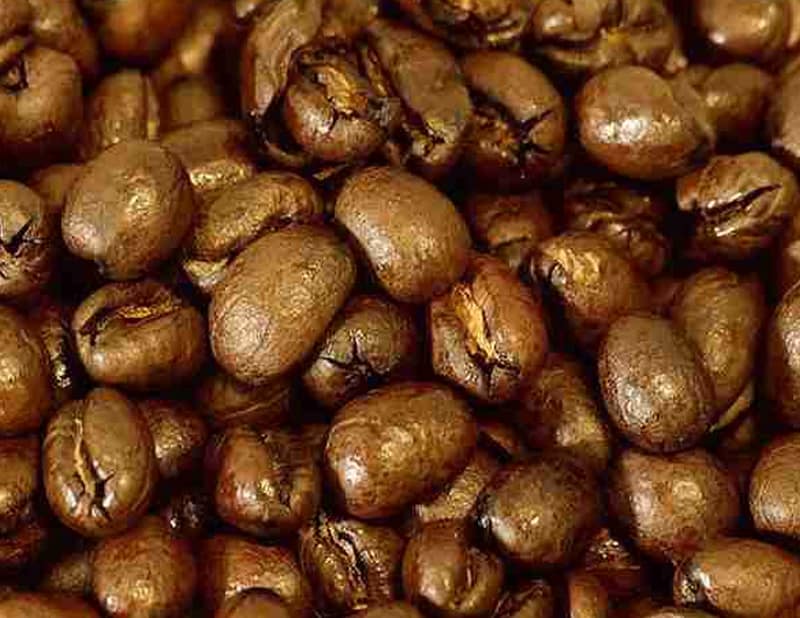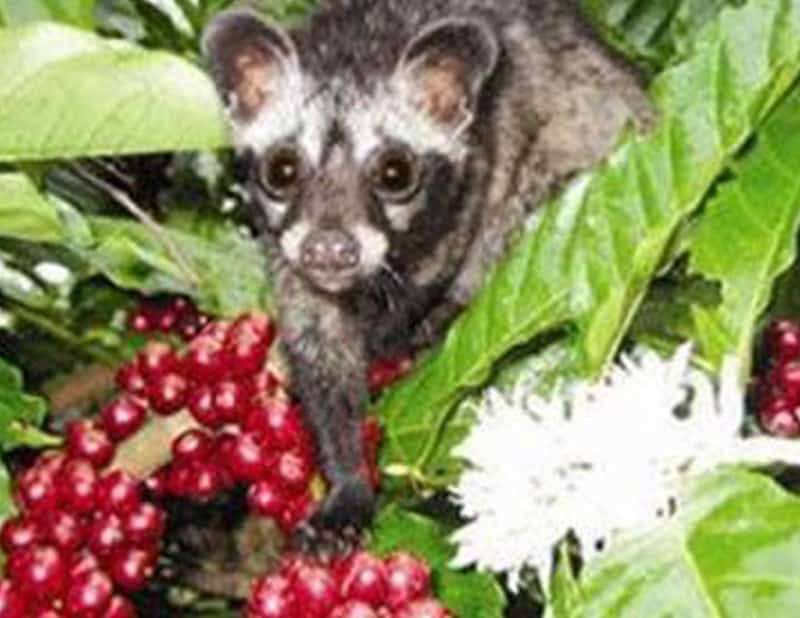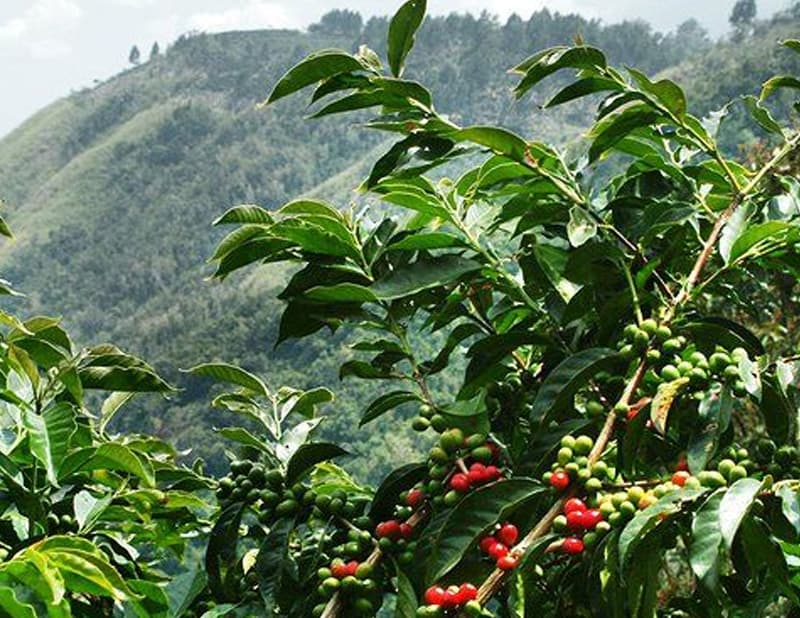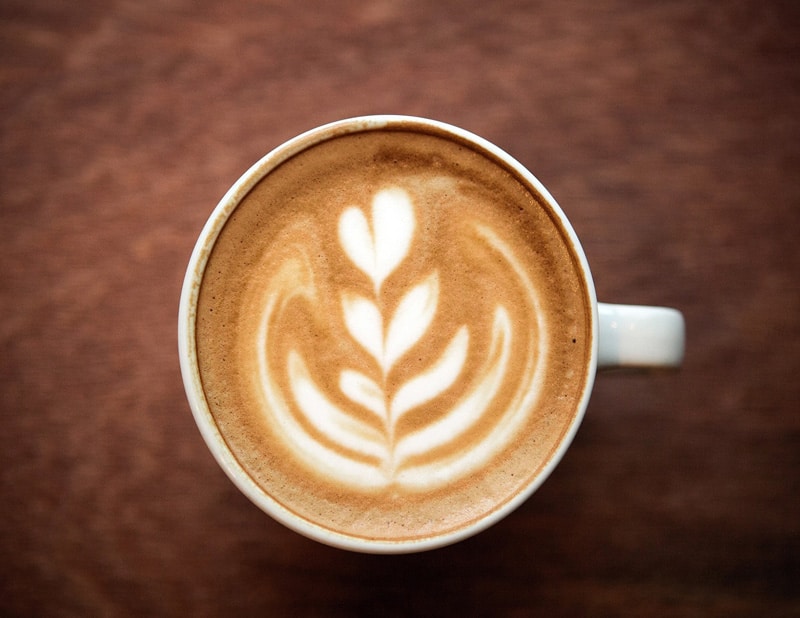How Recent Heat Waves Affect Your Coffee
If you’ve looked at the weather lately, you’ve probably noticed the heat wave! In New Jersey, we have been sweltering with temperatures nearing one hundred degrees, and in places of the earth closer to the equator, temperatures have soared even higher. If you know a little about coffee, you know that it grows best in hot temperatures… so is this heat a good thing, or another part of what has been called the “coffee crisis?” Read on to find out some answers!
Too Hot for Comfort
While coffee beans do require high temperatures to grow, there is a limit. When temps are too high, especially combined with drought, volatile storms, or other weather challenges, your coffee supply could be affected! Most coffee farmers choose a very specific elevation and climate to grow the best beans in these areas, but when weather patterns change drastically, you may experience poor results.
The “Coffee Crisis”
In addition to the weather, the news is reporting on a “coffee crisis” driven largely by a historic overproduction of coffee—for the past two years, Brazil, one of the world’s largest coffee-producing nations, has produced excess coffee, driving prices down. Many high-profit coffee companies take advantage of this, putting their regular farmers out in the cold. This has driven many farmers out of business, or caused them to struggle to keep food on the table during the coffee crisis. Ironically, once this excess supply is used up, the price of coffee will likely increase as so few farmers remain.
How Lavanta Stays Stable
How does Lavanta Coffee Roasters continue to provide high-quality coffee at a reasonable price? We cut out of the middle-man of the high-profit coffee companies! We work directly with sustainable farmers, seeking women-owned, Fair Trade, and organic farms whenever possible, and have a robust supply chain. We make it our mission to make sure our farmers get paid a fair price so they can keep producing wonderful coffee for us. Try some next time you visit our local coffee roaster shop in New Jersey!




